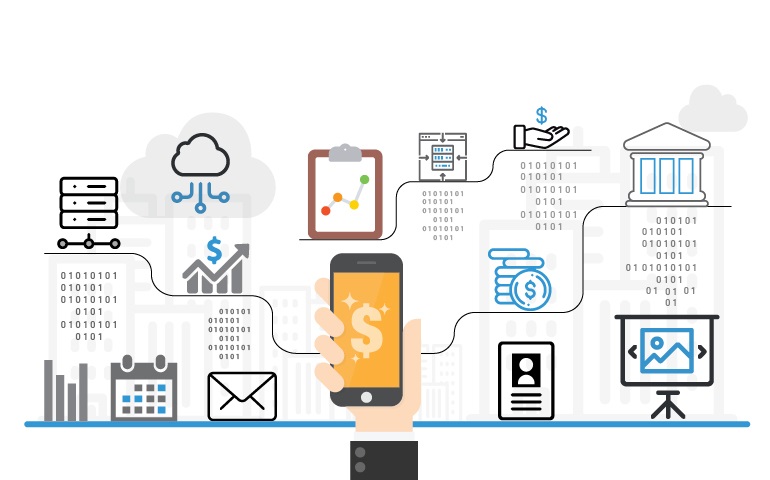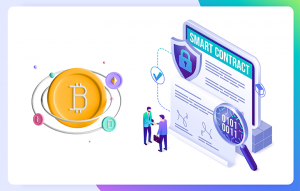Every second, 266. Every minute, 15,982. And every day 23 million – are the number of devices connecting to the Internet of Things now. Two years from now the figure will mushroom to 1585 per second, 95,129 a minute, and 137 million each day. That’s about 50 billion IoT-connected devices, approximately six for each person in 2020.
That’s a huge number. Isn’t it?
But the increasing web of IoT-connected devices is becoming a concern today
Because:
- On October 21, 2016, websites like Airbnb, Amazon.com, BBC, Netflix, Twitter and such well-recognized 70 service providers got affected and went down for a day by a Distributed Denial of Service (DDoS) attack. To launch this world’s most massive cyber-attack, three hackers infected 300,000 IoT-connected devices with Mirai botnets which generated the traffic of 1,200,000,000,000 (1.2 trillion) bits per second. That’s approximately the amount of traffic caused by downloading 1,200 movies per second.
- IoT-connected devices like security systems, printers, smart video conferencing systems, VoIP phones, intelligent fridges, or smart light bulbs can be hacked in as little as three minutes but can take days or weeks to remediate.
- Hackers can recruit IoT network associated devices such as web servers, routers, modems, network attached storage (NAS) devices, CCTV systems, and even industrial control systems into botnets to carry out DDoS attacks.
- 90% of developers surveyed by IDC believed IoT products do not have the necessary security in place, while 85% of respondents feel pressure to rush an application to market despite security concerns.
- Today, a hacker can get the configuration and password of your network via IoT-connected thermostats in just 30 seconds. To see the consequences, watch the following video.
In a nutshell, account name, password, and potentially a two-factor authorization system is the current technical scope for the security of IoT.
“The proliferation and ubiquity of IoT-connected devices in the enterprise is creating a much larger attack surface and easy entry points for hackers to gain access to the network. The solution starts with real-time, continuous visibility and control of devices the instant they connect – you cannot secure what you cannot see.” Michael DeCesare, ForeScout President and CEO.
The more straightforward solution to this conventional IoT security approach is blockchain.
“Blockchain will add $176 billion in business value by 2025, and $3.1 trillion by 2030.” Gartner.
What is blockchain?
- Goldman Sachs called it “a faster, safer way to verify key information and establish trust.”
- Professor Kevin Werbach at Wharton refers to it as “a new architecture of trust,” a system where you do not deal with middlemen, institution or authority.
- Chris O’Connor, the General Manager, Internet of Things offerings for IBM, spotlighted blockchain as a potential medium to securely unlock the business value of IoT.
By definition, blockchain technology is a decentralized database that stores the transactions of every entity across the peer-to-peer network.
To explain blockchain in simple terms, we have created the following comparison:
| A world of transactions without blockchain. | A world of transactions with blockchain. | |
|---|---|---|
| Separate ledger for each participant increases the possibility of human error or fraud. | Single tamper-proof shared ledger. Once recorded, transactions cannot be altered. | |
| Reliance on intermediaries like banks, government, credit card companies and so on for validation creates inefficiencies. | All parties must give consensus before a new transaction is added to the network | |
| Can be a paper-laden process, resulting in frequent delays. | Eliminates or reduces paper processes, speeding up transaction times and increasing efficiencies. |
How businesses can benefit from the convergence of IoT and blockchain
In the image below, we have summed up the four key benefits of employing blockchain for IoT.

Let’s see how IoT-blockchain works in the real world
According to global estimates of foodborne diseases from the WHO, every year one-in-ten people fall ill globally, and around 420,000 die as a result of contaminated food, of which 30% (125,000) are children. These diseases are caused by 31 agents like bacteria, chemicals, viruses, and toxins.
Access to information and traceability is the only solution to find out instantly about where and when the contamination of food happened. Otherwise, it can take weeks to identify the precise point of contamination. Contamination of food can occur at any point of production: growing, harvesting, processing, packaging, storing, shipping, and preparing. With IoT and blockchain, it’s possible to:

Today, Costco, Golden State Foods, McCormick and Co., Nestlé, Tyson Foods, and Walmart are marching aggressively to implement the blockchain ecosystem into their operations to promote global food safety and improve customer experience.
The bottom line is any business that has a system employing IoT network can implement blockchain technology and simplify business processes, strengthen customer confidence, and achieve significant cost efficiencies.
For details about how blockchain application development can revolutionize many aspects of your business, contact our subject matter experts.









